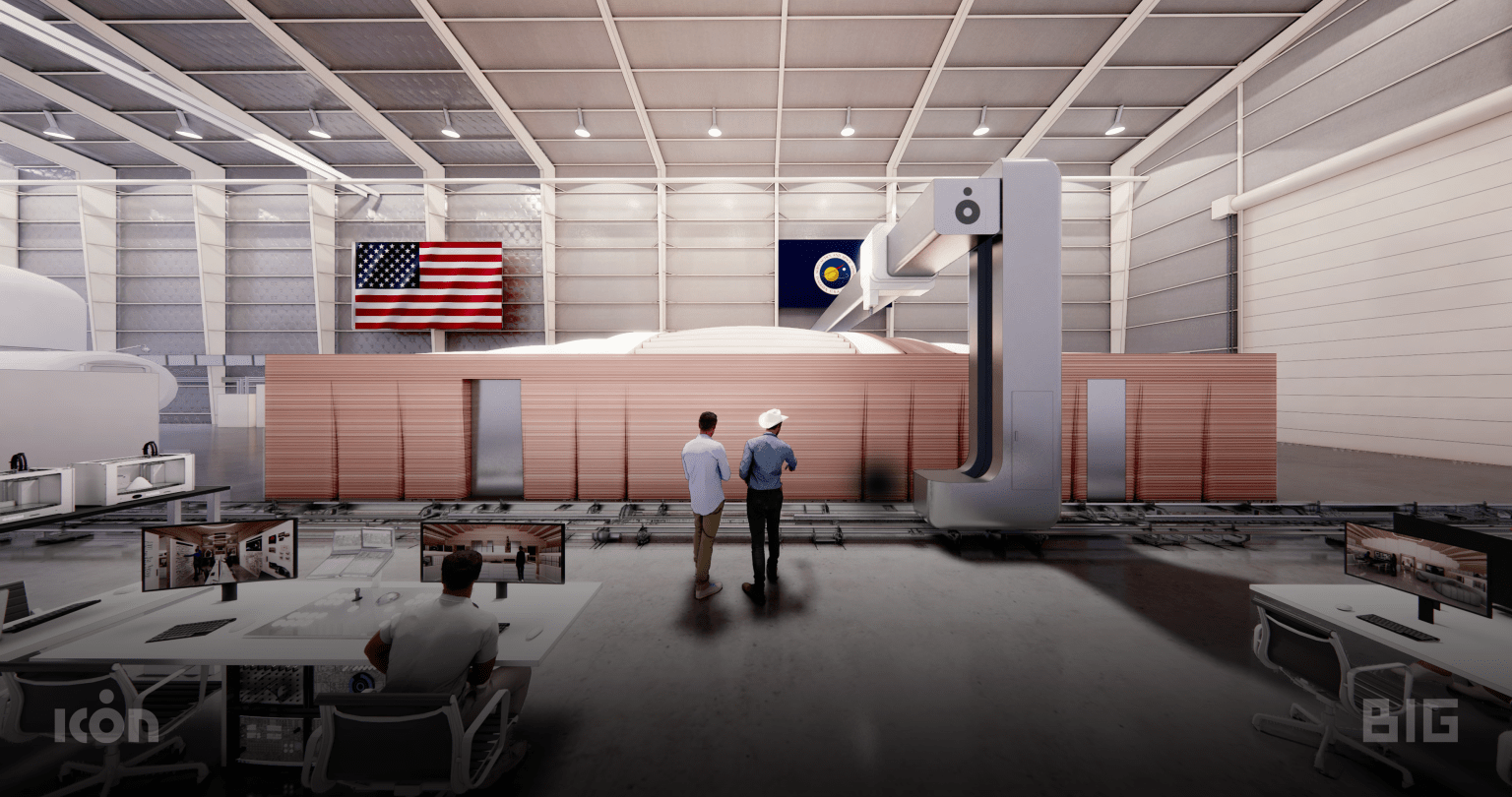NASA has announced its search for candidates to partake in the agency’s upcoming simulated one-year mission to the Martian surface, aimed at informing future human exploration endeavors on the Red Planet. This initiative marks the second installment of the Crew Health and Performance Exploration Analog (CHAPEA), one of three planned ground-based missions, scheduled to commence in spring 2025.
The CHAPEA missions entail a four-person crew of volunteers residing and conducting operations within a 1,700-square-foot, 3D-printed habitat stationed at NASA’s Johnson Space Center in Houston. Dubbed the Mars Dune Alpha, this habitat replicates the rigors and challenges associated with a Mars mission, including simulated spacewalks, robotic tasks, habitat maintenance, exercise routines, and crop cultivation.
Applicants sought by NASA should be healthy, motivated U.S. citizens or permanent residents between the ages of 30 and 55, proficient in English to facilitate effective communication with crewmates and mission control. The ideal candidates exhibit a keen enthusiasm for unique and rewarding adventures, coupled with a desire to contribute to NASA’s efforts in preparing for humanity’s inaugural journey to Mars.
The application deadline is set for Tuesday, April 2nd, with crew selection adhering to standard NASA criteria for astronaut candidate applicants. Prospective candidates must hold a master’s degree in a STEM field from an accredited institution, with a minimum of two years of professional STEM experience, or alternatively, a minimum of one thousand hours piloting an aircraft. Those who have completed two years of doctoral program work in STEM fields, medical degrees, or test pilot programs will also be considered. Additionally, individuals with four years of professional experience and completion of military officer training or a bachelor’s degree in a STEM field may qualify.
Compensation details for mission participants will be provided during the candidate screening process.
These CHAPEA missions play a crucial role in NASA’s broader vision to establish a sustained human presence for scientific exploration on the Moon through the Artemis campaign. Insights garnered from these simulated missions are integral in validating systems and devising solutions for future Mars expeditions. Leveraging data obtained from the ongoing mission of the initial CHAPEA crew, NASA aims to enhance crew health and performance support mechanisms for future missions to the Red Planet.
Under the Artemis campaign, NASA is committed to laying the groundwork for extensive scientific exploration on the lunar surface, including landing the first woman, first person of color, and first international partner astronaut on the Moon, while simultaneously preparing for forthcoming human expeditions to Mars, ultimately benefiting humanity as a whole.
For further information about the CHAPEA initiative, interested individuals are encouraged to visit the official NASA website at https://www.nasa.gov/humans-in-space/chapea/
Sign up for our Sunday Spectator. Delivered to your inbox every Sunday, with all the news from the week.
















